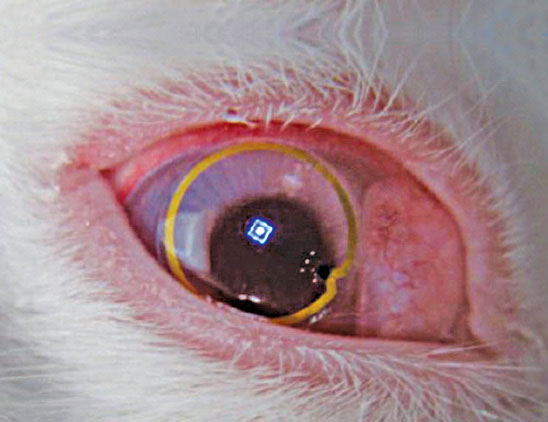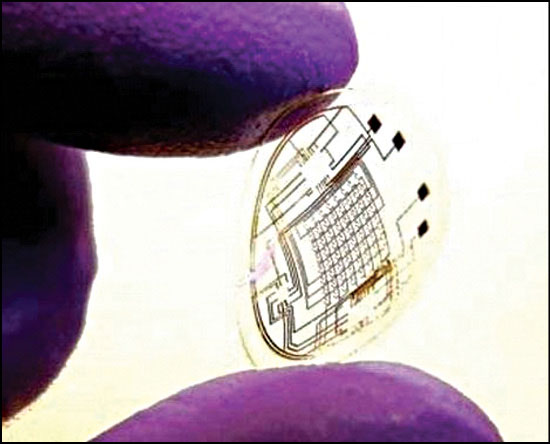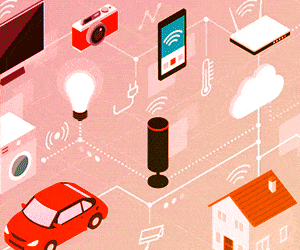Bionic means utilising electrical and mechanical devices for assisting human beings. A bionic lens is a transmissive, optical, micro-electrical device constructed on a polymer-type material. The lens resembles a regular contact lens.
Researchers at University of Washington have created a prototype of such a lens. It has been tested on a rabbit for 20 minutes and no signs of any irregular behaviour by the rabbit were observed.
Babak Parvez, one of the inventors, says, “When we look through the lens, a display is generated, which is superimposed on the world outside.”
Although the device can have a number of applications, construction of this device involves a very high level of expertise in nanotechnology. This is because, typically, a lens’ thickness is about 250µm, which limits the choice of materials to be used and also imposes various regulatory restrictions, as electronics components operate on radio frequencies (RFs) that may be internal or external to the device. This also imposes the risk of heating effects of radiation on the eye.
Another problem associated with the lens is selection of battery source. Although nanotechnology enables us to use micro-electronic methods, this does not relate to batteries. Battery sizes have been the most limiting factor in deciding the size of electronics devices.
Therefore researchers have used the concept of a wireless battery. They used a wireless source to power the lens with the help of antennae embedded on the lens.


Manufacturing and structure
While designing the lens, the researchers faced three challenges. First, they had to maintain the mechanical strength of the lens so that it would not easily break and damage the eye. For this, they used special organic polymer material as base. The polymer also worked as a substrate for the electronics network.
Second, they had to ensure that the lens was bio-compatible.
Last, circuits had to be embedded to be 250µm thick, so that the lenses would be comfortable to wear.
The basic structure of the device comprises:
Sensor readout and display control unit. The initial experiment used one blue LED, as with blue LEDs all colours can be generated. They used a micro-led structure to display the image (floating text and a single-pixel display).
Fresnel lens. As the image formed by the LED cannot align with the focal distance of the eye to form an image on the retina, a Fresnel lens was used. This lens has different reflection, diffraction and focal length properties, thus altering the overall focal length, creating an image on the retina.
Antenna structure. Dimensions of the antenna were so tiny that its efficiency was very low. This antenna was used to collect the RF energy projected by the wireless battery.
Integrated circuit (IC). A special RF-IC was used to convert the collected energy into voltage and to store it for image generation.
Interconnection network. Voltage-efficient interconnections were laid down that were electromagnetic compatible with the rest of the electronics in the lens.
Applications
The practical applications of such lenses can be infinite. This technology comes under brain-computer interface category that could revolutionise the way humans interact with computers. Such devices find application in the following areas:
1. Faster object recognition in daily life
2. Monitor live health status of individuals
3. Provide new dimensions to surf the Internet (virtual displays) when coupled with brain interfaces
4. Provide an entirely different gaming experience (virtual players)







